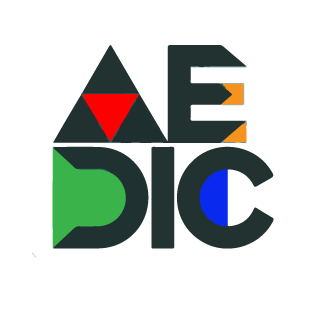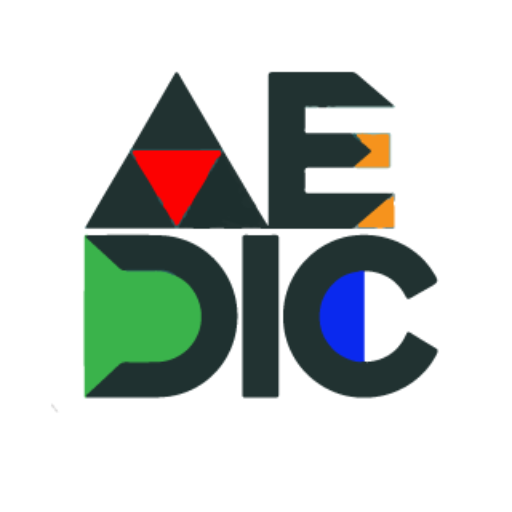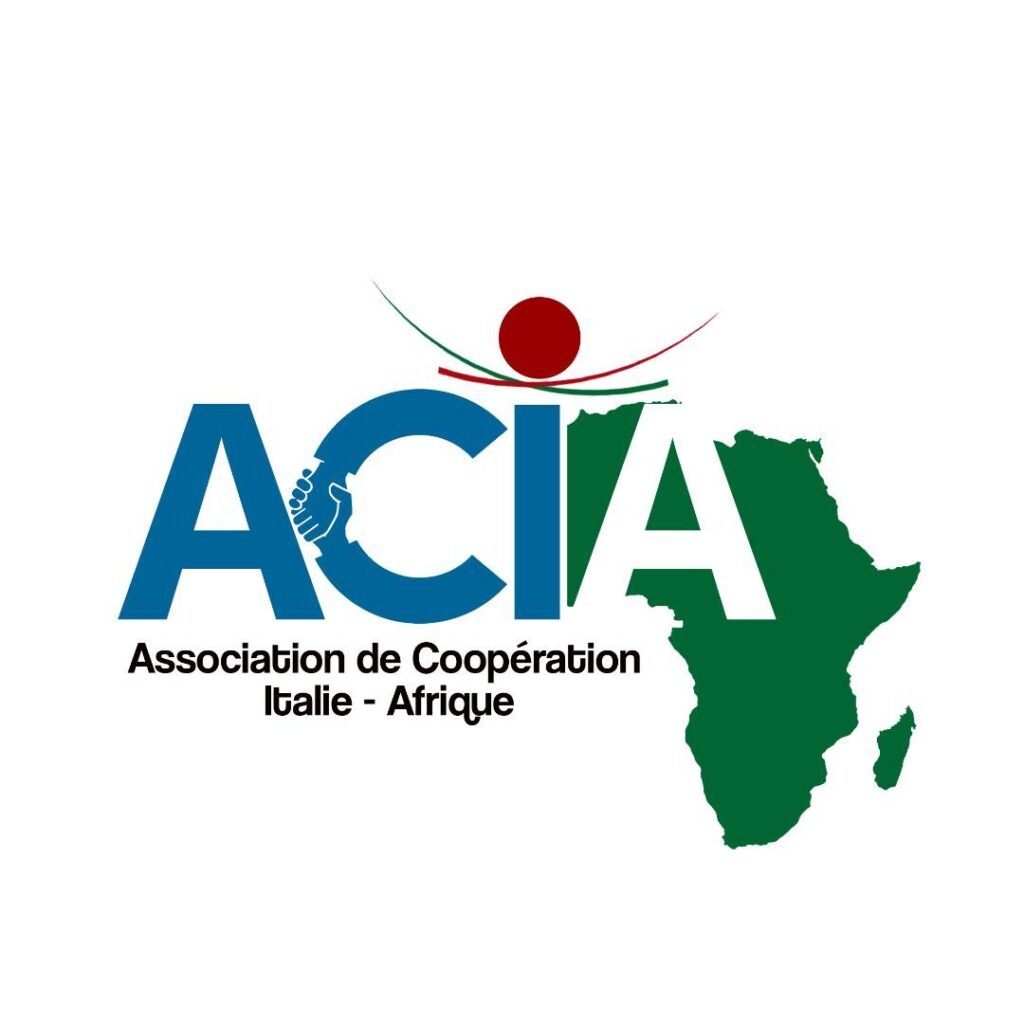Lagos-Abidjan Corridor: A $15 Billion Project to Revolutionise West Africa
Introduction
The Lagos-Abidjan Corridora $15 billion road infrastructure, represents one of the most ambitious projects in contemporary Africa. Designed to connect Nigeria, Benin, Togo, Ghana and Côte d'Ivoire, this 1,028 km artery is not just a road, but a bridge to economic and social integration of West Africa. With an estimated impact on 173 million people by 2050, the corridor promises to transform regional trade, reduce poverty and accelerate industrial development.
This article explores the technical details, strategic objectives, challenges and opportunities of an initiative that embodies the vision of the African Union's Agenda 2063 and ECOWAS Vision 2050.

Context and Strategic Significance
A Project Created for Regional Integration
The Lagos-Abidjan Corridor has its roots in 2014, when the leaders of Nigeria, Benin, Togo, Ghana and Côte d'Ivoire signed an agreement to create a transnational highway. The goal? Reducing logistical costs (currently among the highest in the world) and increase intra-African trade, which today stands at 11%.
Key Numbers
- Length1,028 km (1,068 km according to some sources) .
- Total cost15.6 billion, financed through public-private partnerships (PPPs).
- Countries involved: 5 (Nigeria, Benin, Togo, Ghana, Ivory Coast).
- TimingStart of work in 2026, expected completion in 2030.

Structure and Technical Innovations
Design and Key Features
The motorway will be one of the most advanced on the continent, with:
- 4-6 lanes in most of the track, extended to 8 lanes in the Lagos metropolitan area.
- 63 interchanges strategic to connect economic centres such as Abidjan, Accra, Lomé, Cotonou and Lagos.
- Absence of tollsto facilitate the flow of trade.
Links with Other Networks
The corridor is part of the Trans-African Highway Networkintegrating with:
- The Dakar-Lagos Trans-West African Coastal Corridorwhich will unite West Africa with Senegal and Cape Verde.
- Future projects such as the rail corridor approved in 2016, which will follow the same path.
Environmental Sustainability
During the design phase, measures were taken to minimise ecological impact, including the use of low-carbon materials and reforestation plans.
Economic and Social Impact
A Driver for Trade and Industry
According to the Spatial Development Initiative of the African Development Bank (AfDB), the corridor will not only be a transport route, but a economic hub with:
- 206 interventions in key sectors such as renewable energy, agriculture, ICT and tourism, requiring USD 6.8 billion of private investment.
- 16 billion of expected economic impact, with an increase in regional GDP of 7% by 2035.
Job Creation
- 70,000 direct seats e 160,000 indirect during construction.
- Opportunities in logistics, maintenance and community services.
Benefits for Landlocked Countries
Nations such as Mali, Burkina Faso and Niger will have simplified access to the 8 ports along the corridor, reducing the export costs of the 30%.
Funding and International Collaborations
The Role of the African Development Bank (AfDB)
The AfDB guided the project from the initial stages, financing it:
- 25 million dollars for feasibility studies and preparation.
- 853 million for Special Agricultural Processing Zones (SAPZ), which are connected to the corridor.
Key Partnerships
- European Union150 billion contribution through the programme Global Gateway.
- Africa Investment Forum (AIF): Platform mobilised $15.6 billion of investment in 2021.
- ECOWAS: Political Coordination and Institutional Support.
Challenges and Criticalities
Financial and Bureaucratic Obstacles
- Lack of funds: Despite commitments, $6.8 billion is still needed from the private sector.
- Administrative delaysDifferentiated customs procedures between the 5 countries risk slowing down the work.
Geopolitical Risks
- Regional tensionsInstability in areas such as the Sahel could impact the northern segments of the corridor.
- Competition with other projectsMega-initiatives such as the Lobito corridor in Angola could distract investors.
Future Perspectives and Related Projects
Towards an Integrated Africa
The Lagos-Abidjan Corridor is only one piece of the broader vision of the AU:
- ECOWAS Vision 2050Integrating all West African capitals with high-speed rail networks.
- African Continental Free Trade Area (AfCFTA)Creating a $3.4 trillion single market.
Technology and Innovation
- Customs digitisation: Blockchain platforms to track goods in real time.
- Smart city: Development of intelligent urban centres along the route, inspired by Konza Technopolis in Kenya.

A Historic Opportunity for West Africa
The Lagos-Abidjan Corridor is not simply an infrastructure, but a symbol of pan-African cooperation. As Mike Salawou of the AfDB points out: "This corridor must become an engine of industrialisation, connecting not only cities, but also people and opportunities". .
- InvestorsExplore thematic funds such as Africa50 or attend the upcoming Africa Investment Forum Market Days.
- GovernmentsSimplify regulations and increase transparency to attract foreign capital.
- CitizensSupport local initiatives related to the corridor, from sustainable agriculture to cultural tourism.






